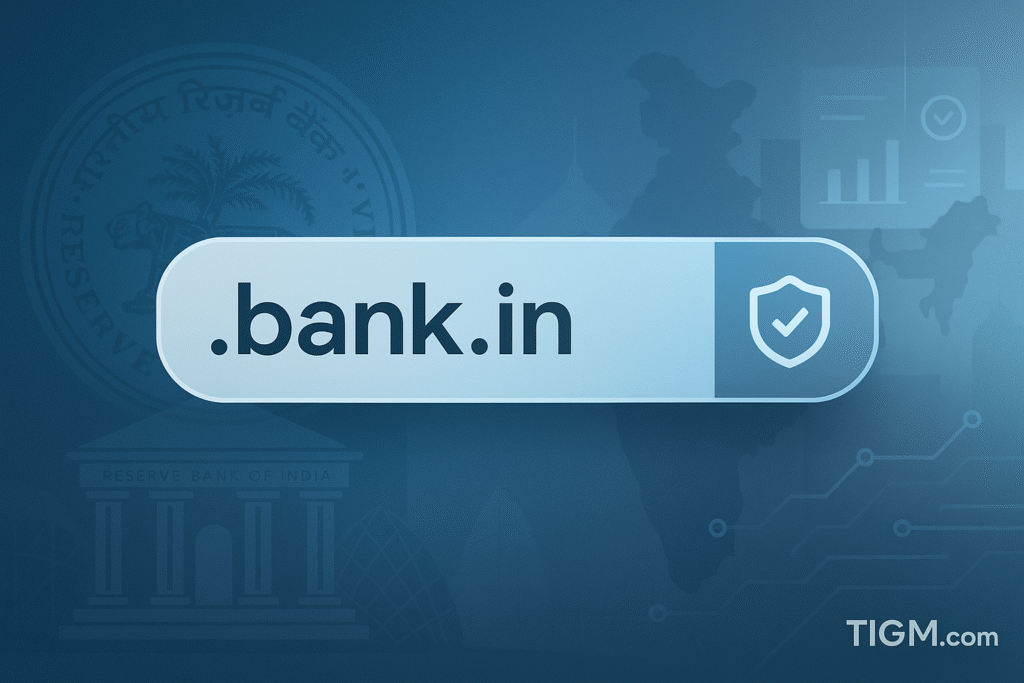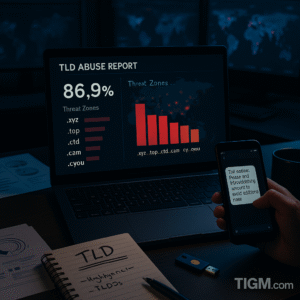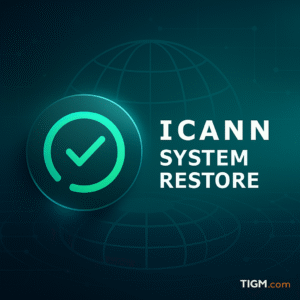The Reserve Bank of India confirms full adoption across major lenders as part of a cybersecurity hardening push.
India’s banking sector has successfully completed its migration to .bank.in domains, meeting the Reserve Bank of India’s compliance deadline. The industry-wide shift represents one of the largest coordinated domain transitions in recent memory.
Major lenders including State Bank of India, HDFC Bank, ICICI Bank, and dozens of regional institutions now operate exclusively under the .bank.in extension. The RBI mandated the move as part of broader cybersecurity reforms aimed at reducing phishing attacks and domain spoofing.
Why .bank.in matters for security
The .bank extension operates under strict verification requirements that standard domains don’t face. Banks must prove their legitimacy before securing a .bank domain, creating a trusted namespace that’s harder for scammers to exploit.
When customers see a .bank.in address, they can reasonably assume they’re dealing with a verified financial institution rather than a convincing fake. That authentication layer matters in a country where digital banking fraud has surged alongside mobile banking adoption.
The migration also allows the RBI to implement enhanced DNS-level security protocols across the banking sector. Centralized monitoring becomes simpler when all legitimate banks operate within the same domain space.
The migration challenge
Moving an entire banking sector to new domains isn’t trivial. Banks had to update internal systems, reconfigure email infrastructure, retrain customer service teams, and launch public awareness campaigns.
Some institutions ran parallel domains during the transition period, maintaining their legacy addresses while promoting the new .bank.in URLs. That approach minimized disruption but required careful coordination to avoid confusing customers.
Customer adaptation required
Banks launched education campaigns warning customers to verify .bank.in addresses before entering credentials. Some customers initially questioned emails from unfamiliar .bank.in addresses, temporarily treating legitimate bank communications as suspicious. That healthy skepticism actually reinforced the security benefits the migration aimed to achieve.
Mobile banking apps required updates to reflect new domain configurations. Most banks pushed app updates weeks before the final migration deadline to smooth the transition.
Global precedent for sector-wide moves
India’s coordinated migration could serve as a model for other countries considering similar cybersecurity upgrades. The .bank registry has promoted sector-wide adoption globally, but few nations have mandated it as comprehensively as India.
For the domain industry, it showcases how specialized extensions can gain traction when regulatory requirements align with genuine security benefits. The .bank.in migration wasn’t market-driven—it was compliance-driven. But the end result strengthens the entire banking ecosystem’s digital infrastructure.








